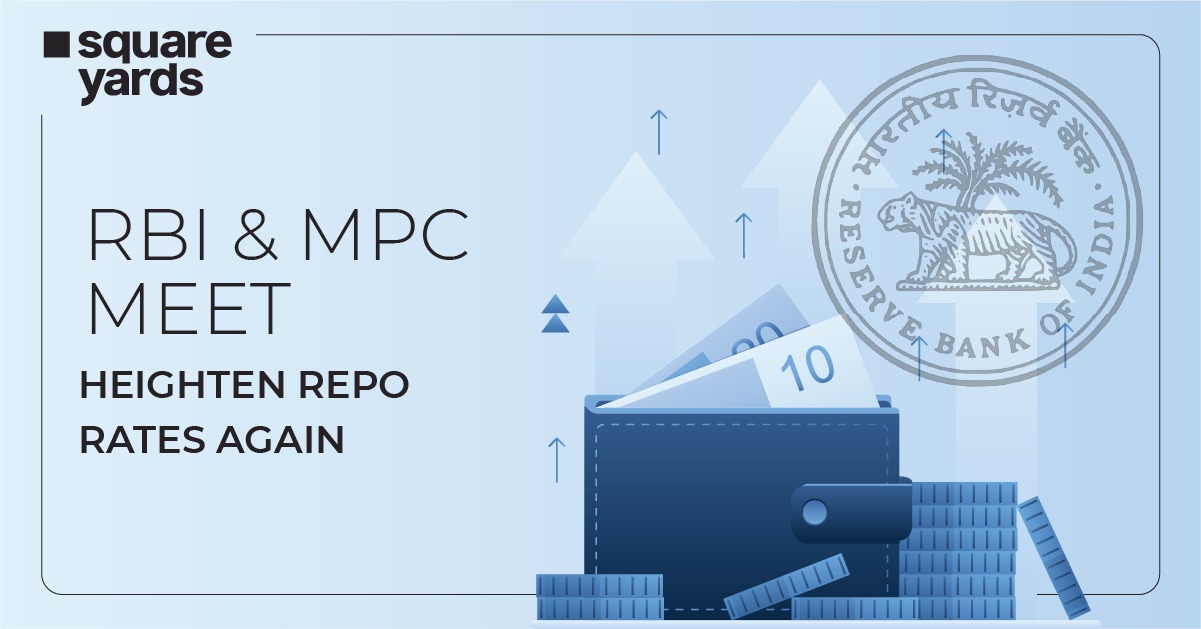Top 10 Best Private Banks in India List 2025
January 09, 2025
Personal Loan Archive | How Much Personal Loan Can I Get on My Salary?

July 26, 2024


Personal loans are like unsecured credit, meaning you don’t need to offer any assets as collateral. As a result, lenders pay close attention to your ability to repay the loan. Your monthly salary is the foremost factor lenders consider when determining how much you can borrow. The higher your salary, the more money you can typically get as a personal loan. A higher salary often results in favourable interest rates and terms, making your finances more cost-effective and convenient.
This all-in-one guide provides a comprehensive overview of the available personal loans based on salary. It includes pertinent calculations to assess eligible loan amounts based on salary, applicable interest rates on salary, typical loan amounts for different salary ranges, and more. Let’s get started.
Here’s a quick answer:
How much amount of personal loan you can get on your salary? it’s depends on your loan repayment capacity, which lenders assess by evaluating your Debt-to-Income (DTI) Ratio, Overdraft Facility, monthly disposable income, existing loan obligations, co-applicant’s income (if applicable), EMI/NMI ratio, and income stability, with typical loan amounts ranging from Rs 10,000 to Rs 40 lakh.
Table of Contents
Toggle1. Determine your net monthly income (take-home salary).
2. Calculate your monthly expenses (rent, utilities, EMIs, etc.).
3. Subtract expenses from income to get your disposable income.
4. Lenders typically allow 50-60% of disposable income for EMI payments.
5. Use a personal loan EMI calculator or formula: EMI = (Loan Amount x Interest Rate x Tenure) / 100
Example:
Net monthly income: ₹50,000
Monthly expenses: ₹20,000
Disposable income: ₹30,000
Allowed EMI (50% of disposable income): ₹15,000
Here you can get up to 5 Lakh Personal loan, based on bank’s terms & condition.
Keep in mind that lenders may have varying criteria, and this is a general guideline.
Lenders generally use two different types of salary-based loan calculation. These may refer to the Multiplier Method and the Fixed Obligation Income Ratio. These methods and how they impact your personal loan on salary are given below –
The Multiplier Method is a straightforward way for banks to determine your loan eligibility. This method involves multiplying your net monthly salary by a predetermined number, known as the multiplier. The multiplier can vary from bank to bank, typically ranging between 10 and 24. This simple calculation helps banks quickly estimate the maximum loan amount you can be eligible for without delving deeply into your financial details.
Imagine your net monthly salary is ₹50,000, and the lender uses a multiplier of 20. The calculation would be as follows:
Loan Amount = ₹50,000×20 = ₹10,00,000
In this example, the bank would offer you a loan amount of ₹10,00,000 based on your net monthly salary and a multiplier of 20.
The Multiplier Method is simple and convenient. However, it has its limitations. This method does not consider your financial obligations, such as other loan EMIs, credit card payments, or household expenses. Therefore, while it gives a rough estimate of your loan eligibility, it may only sometimes reflect your true financial capability to repay the loan.
The Fixed Obligation Income Ratio (FOIR) method provides a more comprehensive loan eligibility assessment. Unlike the Multiplier Method, FOIR considers your monthly income and existing financial obligations. These obligations include any EMIs (Equated Monthly Instalments) you currently pay for other loans, rent, and fixed monthly expenses.
I.e., FOIR = (Existing Obligations ÷ Net Monthly Income) × 100
Consider your net monthly salary is ₹50,000, and your existing financial obligations amount to ₹20,000. The FOIR calculation would be:
FOIR = (₹50,000 ÷ ₹20,000) × 100 = 40%
With a FOIR of 40%, you will likely be eligible for a higher loan amount because banks see that you can manage your current obligations comfortably and still have enough income to take on additional debt.
The FOIR method is beneficial for both banks and borrowers. For banks, it provides a clearer picture of your financial health and ability to repay the loan. For borrowers, it ensures that you stay within your budget, which can lead to difficulties in meeting repayment schedules.
Here is a breakdown of the eligible loan amount based on salary ranging from ₹15,000 to ₹1 lakh.
| Monthly Salary (₹) | Eligible Loan Amount (₹) |
| 15,000 | 2 – 3 Lakh |
| 20,000 | 3 – 4.5 Lakh |
| 25,000 | 3.5 – 6 Lakh |
| 30,000 | 4 – 7 Lakh |
| 35,000 | 5 – 8 Lakh |
| 40,000 | 6 – 9 Lakh |
| 45,000 | 7 – 10 Lakh |
| 50,000 | 8 – 12 Lakh |
| 60,000 | 9 – 16 Lakh |
| 70,000 | 11 – 18 Lakh |
| 80,000 | 12 – 20 Lakh |
| 90,000 | 13 – 23 Lakh |
| 1,00,000 | 15 – 25 Lakh |
Here is a breakdown of personal loan interest rates based on salary:
| Salary Range (₹) | Annual Interest Rate (%) |
| 15,000 – 25,000 | 10.99 – 14.99 |
| 25,00 – 50,000 | 10.50 – 13.50 |
| 50,00 – 75,000 | 10.10 – 12.75 |
| 75,00 – 1 Lakh | 9.60 – 11.75 |
| 1 Lakh and above | 8.50 – 10.50 |
Your monthly salary is key in obtaining a higher loan amount. However, several other factors can also influence a personal loan based on salary. These may include your current financial obligations, credit score, employment stability, and the lender’s policies. A lender might assess your repayment capacity by calculating the Fixed Obligations to Income Ratio, which typically should be 40-50 % of your monthly income. While higher salaries often lead to larger loan eligibility, existing debts can reduce this amount. Lenders also consider a good credit score and employment stability, as these demonstrate responsible financial behaviour. Hence, it is advisable to manage debts efficiently, maintain a good credit score, and ensure a stable income source to maximise the personal loan amount you can secure.
Salaried individuals can easily apply for and secure the necessary loan via the official Urban Money website.
Individuals with a monthly salary of ₹25,000 can expect to be eligible for a loan amount ranging from ₹3 lakh to ₹6 lakh.
Individuals earning ₹18,000 per month can typically secure a loan amount ranging from ₹2 lakh to ₹3 lakh. Can I get a personal loan on my salary?
How much loan can I get on a ₹25,000 salary?
How much loan can I get on an ₹18,000 salary?










© 2025 www.urbanmoney.com. All rights reserved.

Need Loan Assistance?

Thank you for showing your interest. Our agent will get in touch with you soon.
















